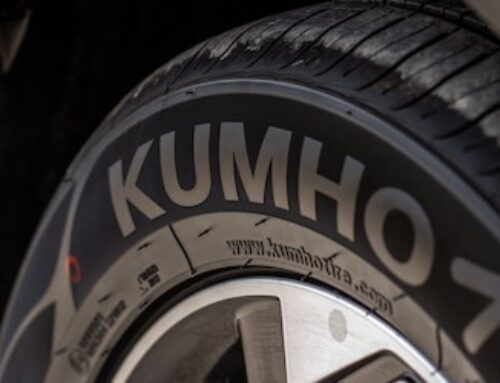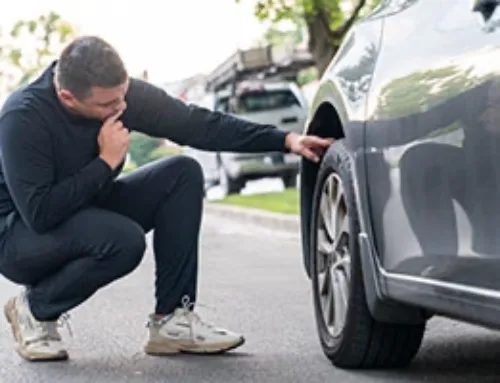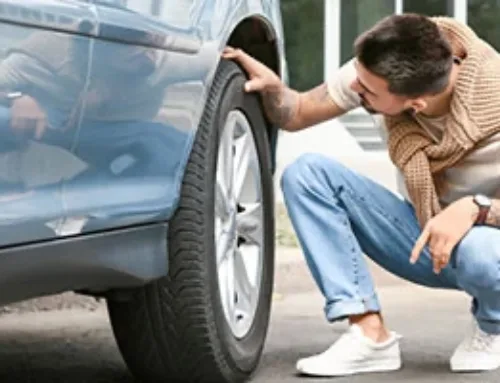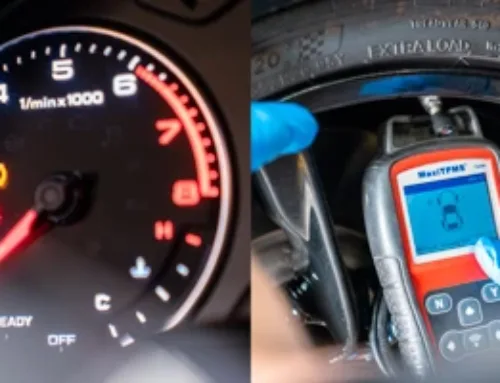Table of Contents
- What are winter tires?
- What happens when you use winter tires during the summer?
- Extend your winter tires life
- Summer tires during cold weather: is it ok?
- Effects of cold temperatures on summer tires
- How to store tires when not in use?
- A quick note about tire pressure and temperature changes
- Frequently Asked Questions
You might think that all tires are more or less the same, but that couldn’t be further from the truth. Tire manufacturers make special tires for specific weather and road conditions; winter tires are made to withstand cold temperatures, summer tires do best in hot climates. If you use a set of winter tires in summer, or vice versa, this is going to potentially damage your tires and cause them to be replaced sooner. And it is 100% unsafe! Read on to discover what can happen when you use specialty tires during the wrong time of year.
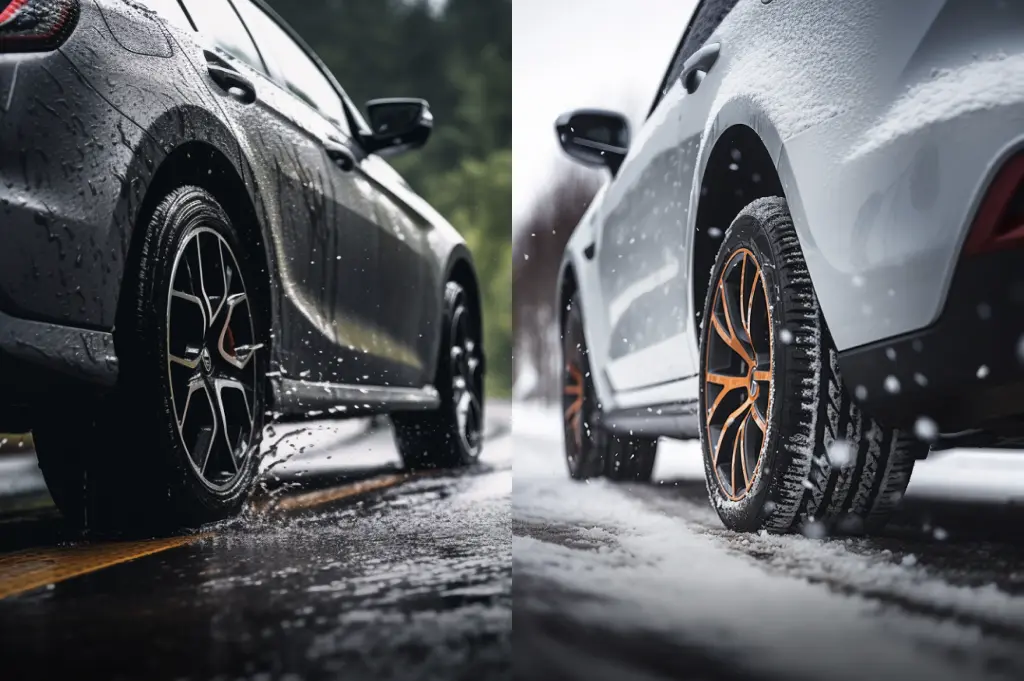
What are winter tires?
Winter tires, often referred to as snow tires, have several design features which make them ideal for cold weather.
- First and foremost, the rubber compounds used to manufacture a typical winter tire are different from those of summer tires. The rubber compounds in a winter tire make the rubber softer, which means they will resist hardening in cold temperatures.
- Secondly, winter tires have many sipes—small grooves and slits cut into the tread. These sipes increase flexibility and surface area, which means more grip on those slick, icy surfaces.
- Thirdly, winter tires have large tread blocks that extend far out from the base of the tire. These are for digging into snow or ice. Tires with smaller, shallower blocks wouldn’t be able to gain as good traction.
What happens when you use winter tires during the summer?
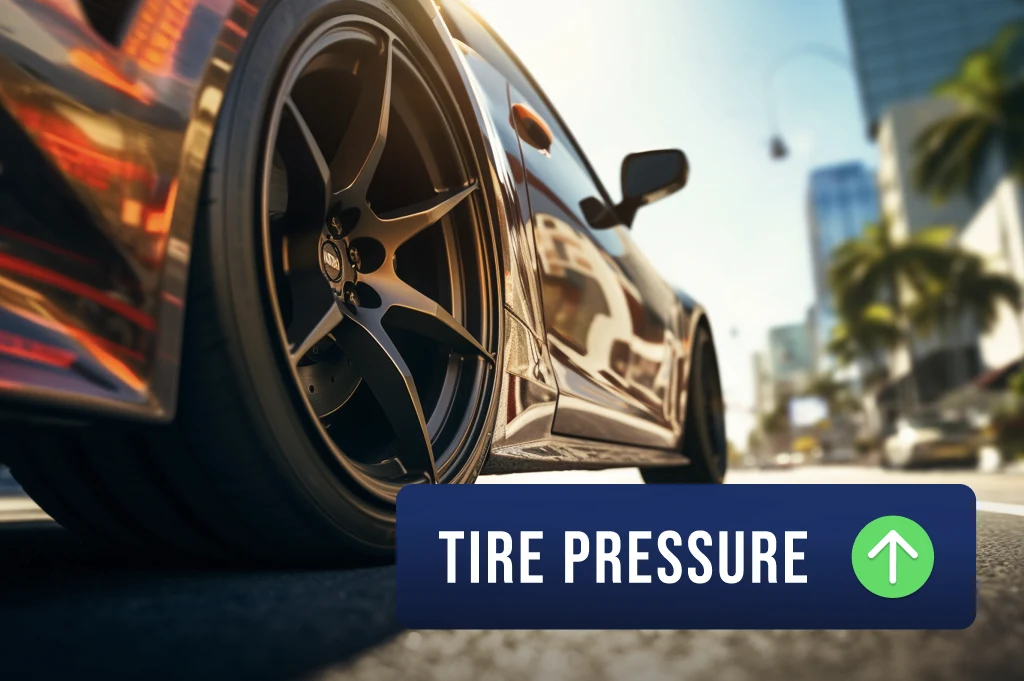
During warm temperatures, the soft rubber of winter tires becomes even softer. This, coupled with the large, biting tread blocks, means excessive tread wear. The thick rubber of the tires will get worn down quickly. This means that your tires will become bald and need to be replaced sooner. Also, the sipes, which allow for flexibility and increased surface area in winter weather, will create a lot of excess friction. And this is bad for multiple reasons! This decreases the braking performance of the tires, so it will take longer for the car to stop and slow down less quickly when the brakes are applied. All that extra surface area and flexibility, which gives it so much grip in icy or snowy conditions, requires extra effort to get those big, heavy wheels moving. When you do this during warmer weather, it means reduced fuel efficiency, and nobody likes that.
Extend your winter tires life
Driving on winter tires during warmer weather can result in a lot of tread wear, which in turn results in the need for new tires. If you’ve ever had to replace a set of tires, you know just how expensive it can be. The key to longer tread life that many drivers don’t understand is how exactly weather affects tires, both winter weather and hot weather.
Summer tires during cold weather: is it ok?
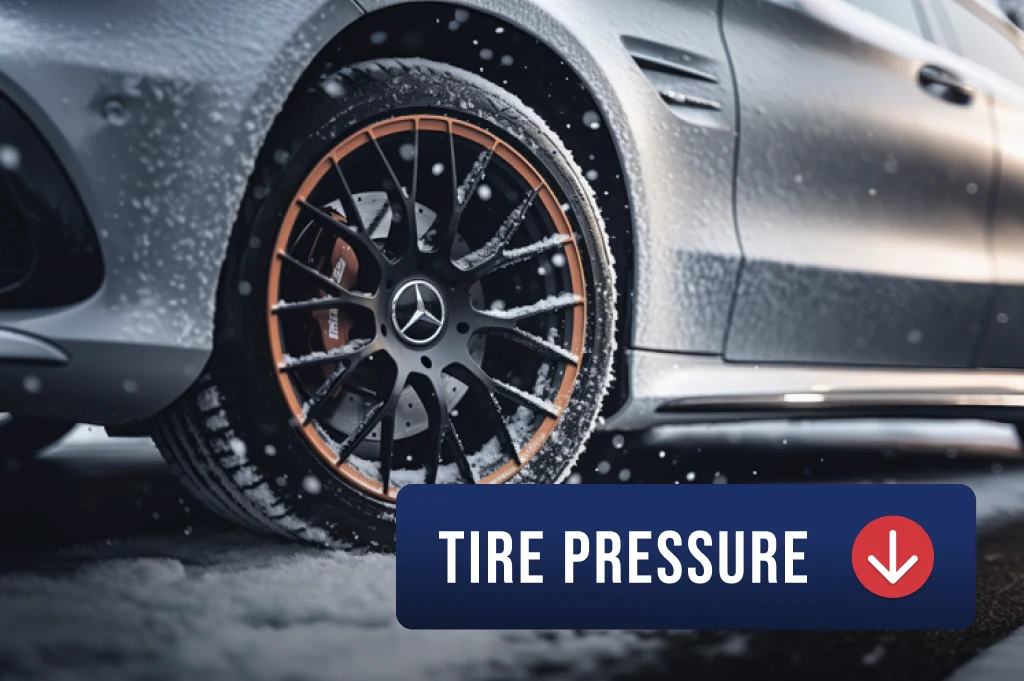
You might think that it’s okay to drive on your summer tires all year round if you don’t get any snow, but there doesn’t need to be ice-covered roads or winter conditions to damage those precious summer tires. Just like winter tires, tire manufacturers create summer tires for optimal performance in specific conditions: hot weather and hot asphalt. Summer tires are made to give drivers better traction, handling, and speed during dry or wet conditions. Special rubber compounds make summer tires harder so that as the tires heat up, they don’t lose their rigidity and become too soft. Large grooves in a summer tire are meant to dispel water as the tire rotates at high speeds. All of these aspects make summer tires a poor choice once temperatures drop.
Effects of cold temperatures on summer tires
Summer tires can sustain serious damage if subjected to cold temperatures.
- As temperatures plunge, summer tires may become extremely hard or “glassy.” Because they are hard already, they become even harder during the colder months, and the rubber takes on a glassy texture. As you can imagine, this greatly reduces the traction of your tires, making them a serious safety hazard. This affects many aspects of driving, such as braking, turning, steering, etc.
- Once temperatures drop, the tread of a summer tire may become brittle and crack. Once these cracks have started to form, they usually get worse and can lead to air leaks or even blowouts.
- If drivers use summer tires on snow or ice, frozen water can get stuck in the large grooves and become compacted, pushing the edges of the groove apart. This can result in serious damage to your tire.
On the whole, even though using winter tires during warm weather can have lots of negative effects, using summer tires during winter can be quite dangerous.
How to store tires when not in use?
If you’ve just swapped out one set of tires for another, you might be wondering how to store them properly so that they don’t degrade over the course of the season. It’s best to store tires indoors, somewhere dry and out of the sun. Don’t leave them outside, as rain and other weather elements can continue to affect them and even damage the interior. A garage or basement is a good choice. Store the tires vertically (the same way they would be if they were on the car) and not stacked horizontally. If they’re stacked horizontally, the tires’ weight can cause them to warp and become misshapen. Lastly, it’s a good idea to store them on a clean piece of wood or even thick fabric, as this will prevent debris and moisture from building up where the tire makes contact with the ground.
A quick note about tire pressure and temperature changes
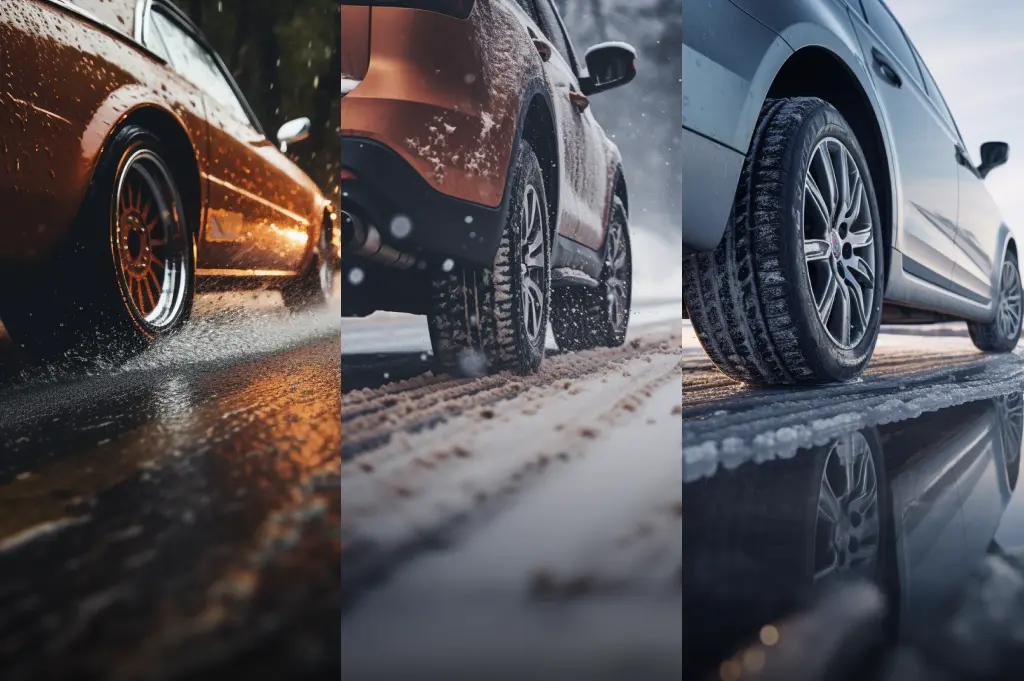
Temperature changes can result in changes in tire pressure or the air pressure inside the tire. As outside temperatures rise, this will cause tire pressure to increase. This is especially important as winter transitions to spring and again as spring transitions into summer. Keep an eye on the tire pressure to make sure that it doesn’t get too high. If tire pressure goes above the recommended tire pressure, this can cause the tire to bow out and reduce the amount of surface contact with the road. Too much air can affect the traction and handling of the vehicle.
Similarly, if the temperature goes down, the tire pressure will go down as well. This is especially prevalent in the transition from summer to winter. Underinflated tires will cave in a bit, putting unnecessary stress on the edges of the tire tread. This stress can result in damage to the tire. Make sure to monitor your tire pressure regularly by using a tire pressure gauge. Additionally, all cars manufactured after 2007 need to have a special tire pressure monitoring system. If you notice your TPMS light go on, it can mean that there is something wrong with your tire pressure. You might need to add air or decrease the air pressure depending on the problem.
Frequently Asked Questions
When should you switch tires?
As seasons change, it’s important to keep track of the temperature to know when to put on or remove your winter or summer tires. While there is some variation based on specific tire manufacturers, a good guideline is 45 degrees Fahrenheit. For example, as winter starts to transition to spring and the temperature hits 45 degrees, it’s time to switch out your winter tires. On the other hand, as fall heads into winter and temperatures fall to 45 degrees, that’s your signal to switch out your summer tires. However, you don’t need to go directly from winter tires to summer tires and vice versa. You can use all-season tires to ease the transition.
Are all-season tires the best kind of tires?
No. But all-season tires are probably the most common type of tire in the continental United States. Most car manufacturers produce new vehicles with a set of all-season tires equipped, and for good reason: all-season tires are made to withstand a broad range of temperatures and driving conditions. For many drivers, all-season tires are all they use and all they need. This is only true for people who do most of their driving in temperate zones! The term “all-season” is a bit of a misnomer, as the more extreme weather conditions may prove to be too much for them to handle. For drivers living in some of the northern states or Canada, investing in a good pair of winter or snow tires is advisable. This will help drivers navigate dangerous road conditions safely and effectively. And the opposite is true as well. If you’re driving in some of the hotter southern states, buying a set of summer tires is probably best. While a good all-around tire, all-season tires might experience issues in extreme cases. Many experts agree that 195 degrees is too hot for all-season tires. Keep in mind that 195 degrees is mind-bogglingly hot for the air temperature. It isn’t so ridiculous for asphalt to reach such temperatures.
How expensive are summer tires?
Summer tires range in price from roughly $100 (per tire) to over $1,000 per tire. It all depends on the manufacturer and model type. Shop around to make sure you’re getting the best deal possible, and look for any discounts or deals that might be available.


